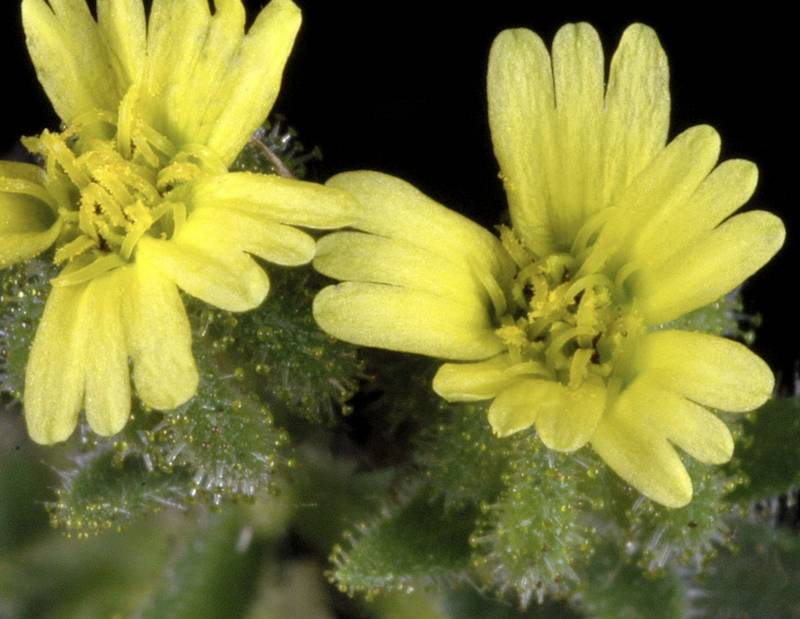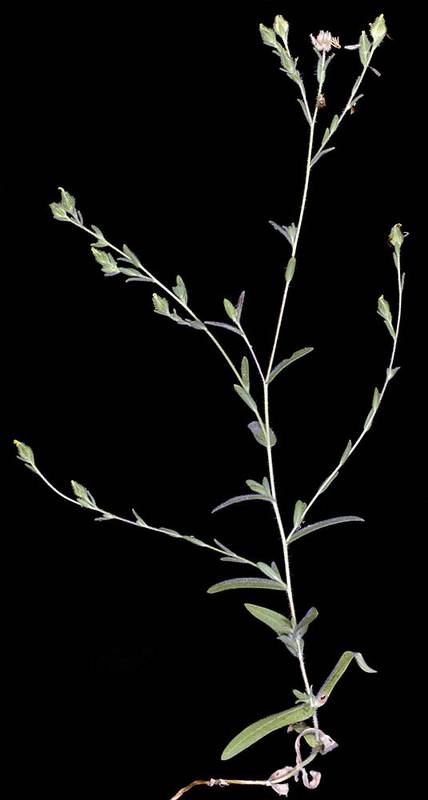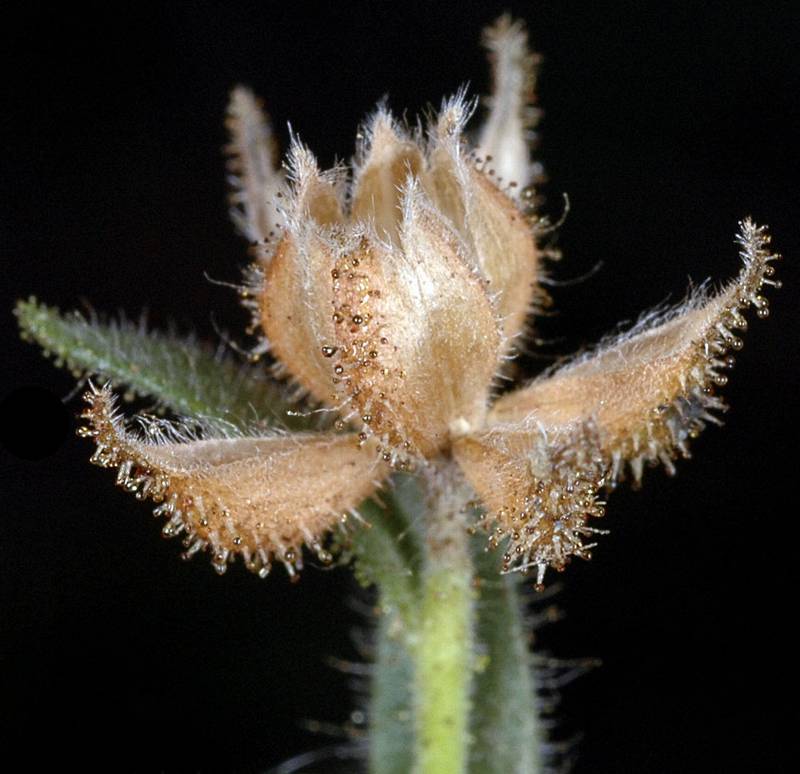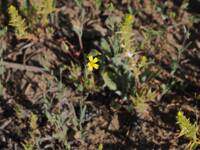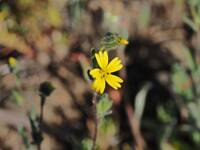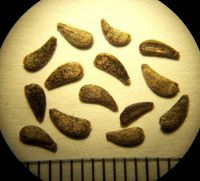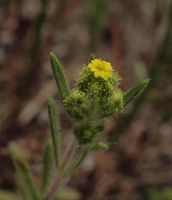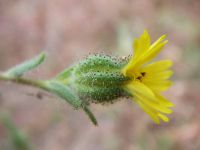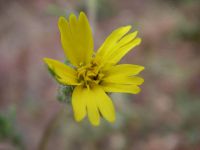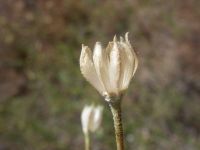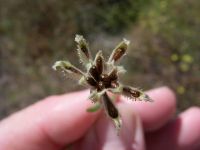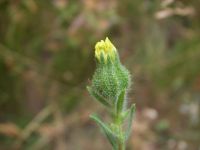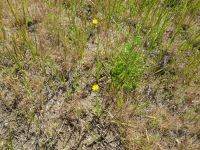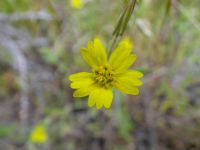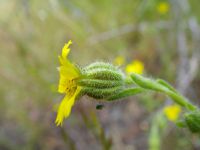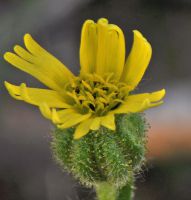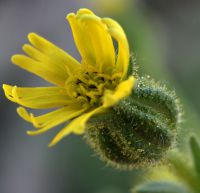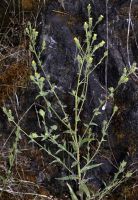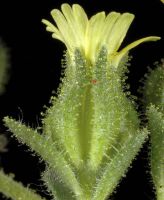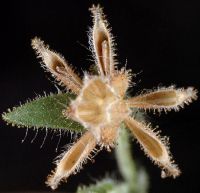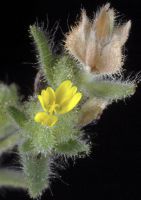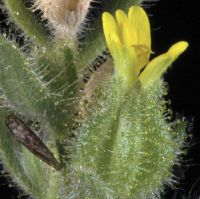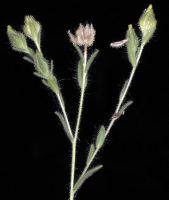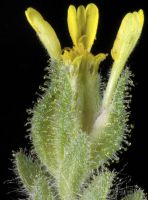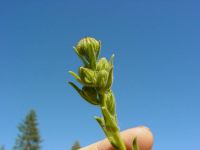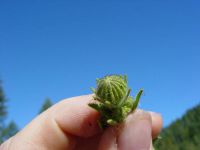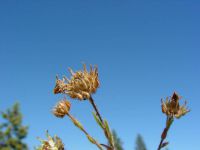Distribution: Occurring on both sides of the Cascades crest in Washington; British Columbia to California, east to Montana, Idaho, Nevada, and Utah.
Habitat: Dry, open areas from shrub-steppe to middle elevations in the mountains.
Flowers: June-August
Origin: Native
Growth Duration: Annual
Conservation Status: Not of concern
Pollination: Bumblebees, bees, beetles, moths
Tar-scented, rough-hairy annual, 1-10 dm. tall, often the whole upper part of the plant covered with conspicuous stalked glands.
Leaves linear to linear-oblong, 2-11 cm. long and 1-10 mm. wide.
Heads in a raceme, or multiple racemes in plants with branched stems; involucre ovoid, 6-11 mm. high and 5-10 mm. wide, its bracts in a single series and of equal length; rays 5-13, typically 8, 4-7 mm. long, pistillate and fertile, yellow, their achenes enclosed by the involucral bracts; disk flowers fertile, yellow, separated from the ray flowers by a row of bracts; pappus none.
Achenes flattened.
Publication: Madroño. 5: 169. 1940.
PNW Herbaria: Specimen records of Madia gracilis in the Consortium of Pacific Northwest Herbaria database.
WA Flora Checklist: Madia gracilis checklist entry.
OregonFlora: Madia gracilis information.
E-Flora BC: Madia gracilis atlas page.
CalPhotos: Madia gracilis photos.
USDA Plants: Madia gracilis information.

